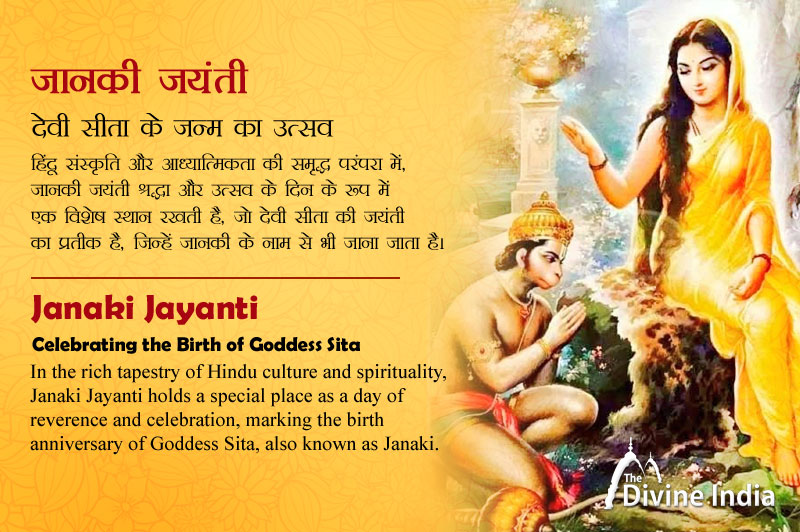Godavari River is one of the most sacred and important rivers of India. It is considered to be the second longest river of India and is also the third largest river of the country. Godavari originates from a place called Trimbak in Nasik district of Maharashtra and flows through states like Andhra Pradesh, Chhattisgarh, Odisha, Karnataka and Puducherry in its long journey. Eventually it falls into the Bay of Bengal. The total area of this river is spread over about 3,12,812 square kilometers and its total length is measured to be 1456 kilometers.
The origin of the Godavari River has a mythological significance, where Lord Rama is said to have resided during his exile. For this reason, Godavari is considered extremely sacred from the religious point of view. This river is the largest east-flowing peninsular river of India.
Interesting facts about the Godavari River:
- Second longest river in India: The Godavari River is the second longest river in India, with a total length of about 1,465 kilometers. It is also called the 'Ganga' of South India.
- Sacred river: The Godavari River is considered extremely sacred in Hinduism. Bathing in this river during the Kumbh Mela in Nashik has special significance.
- Falls into the Bay of Bengal: The Godavari River originates from the Western Ghats, flows eastward and finally falls into the Bay of Bengal. Its mouth forms a vast and fertile delta.
- Relation with Ramayana: Lord Rama is said to have resided in Panchavati, situated on the banks of the Godavari River, during his exile. This place has religious and historical significance.
- Large river basin: The Godavari River basin is one of the largest river basins in India, covering an area of about 3,12,812 square kilometers. This basin is spread over several states.
- Tributaries of Godavari: Godavari has 12 major tributaries, the major ones being Pranahita, Indravati, Manjira, and Parnasha. Due to these tributaries, the catchment area of Godavari becomes even wider.
- Major rainfall from monsoon: About 85% of the rainfall in the Godavari basin comes from the southwest monsoon, which is active from July to September.
- Religious festivals: Many major religious festivals are celebrated along the Godavari river, the most important of which is Godavari Pushkaram. This festival is celebrated every 12 years, in which millions of devotees come to take a bath in the river.
- Source of water: Godavari river originates near Trimbakeshwar in Nashik district of Maharashtra, which is a holy place and is considered an important center of religious pilgrimages.
- Size of the delta: The delta of the Godavari river is one of the largest deltas in India. This delta is extremely fertile for agriculture and rice is cultivated extensively here.
Important Features of Godavari River
The length of Godavari is about 1456 kilometers and it flows from the Western Ghats to the Eastern Ghats and merges into the Bay of Bengal. The width of this river is 995 km and it covers about 9.5% of the total geographical area of India. When the Godavari River meets the Bay of Bengal, its mouth forms a delta near Rajahmundry, which is extremely fertile.
The catchment area of the Godavari River is divided into three parts:
- Upper part: This part extends from the origin to the confluence of the Manjira River.
- Middle part: This is the area between the Manjira and Pranahita rivers.
- Lower part: This is the area from Pranahita to the mouth.
Tributaries of Godavari
Many tributaries are associated with the Godavari River, which provide it water and make its flow even more powerful. The tributaries of Godavari are of two types:
- Right bank tributaries: These include Nasardi, Pravara, Sindafana, Manjira, Manira and Kinnerasani.
- Left Bank Tributaries: These include Banganga, Kadava, Shivana, Purna, Kadam, Pranahita, Indravati, Taliperu, Sabari and Dharana.
The Godavari river has a total of 12 tributaries. The delta formed by these tributaries is of lobate type in shape, with many tributaries joining with rounded protrusions. The left bank tributaries are larger than the right bank tributaries.
Rainfall Pattern and Cultural Significance
About 85% of the annual rainfall in the Godavari basin is from the southwest monsoon. The monsoon starts from July and lasts till September and during this time the region receives rainfall ranging from 1000-3000 mm. The average annual rainfall in the Godavari river basin is 1096.92 mm.
The Godavari river has immense cultural significance. It is also known as the sister of the Ganga river and is also known as Dakshin Ganga. Nashik, where the Godavari River originates, also has a deep connection with Ramayana. It is believed that Lord Rama spent a significant part of his 14 years of exile here. For this reason, the Godavari River holds immense religious and cultural significance.

